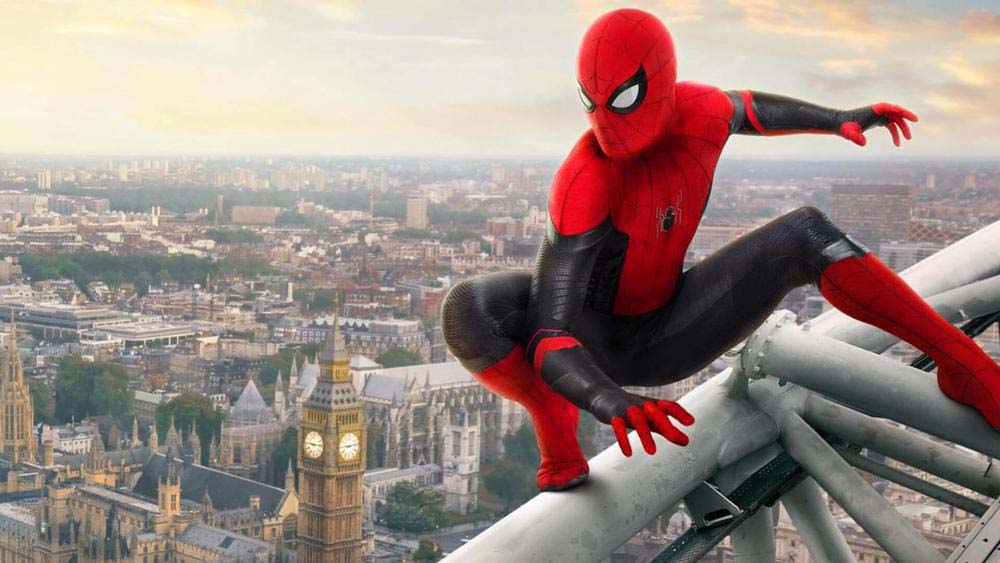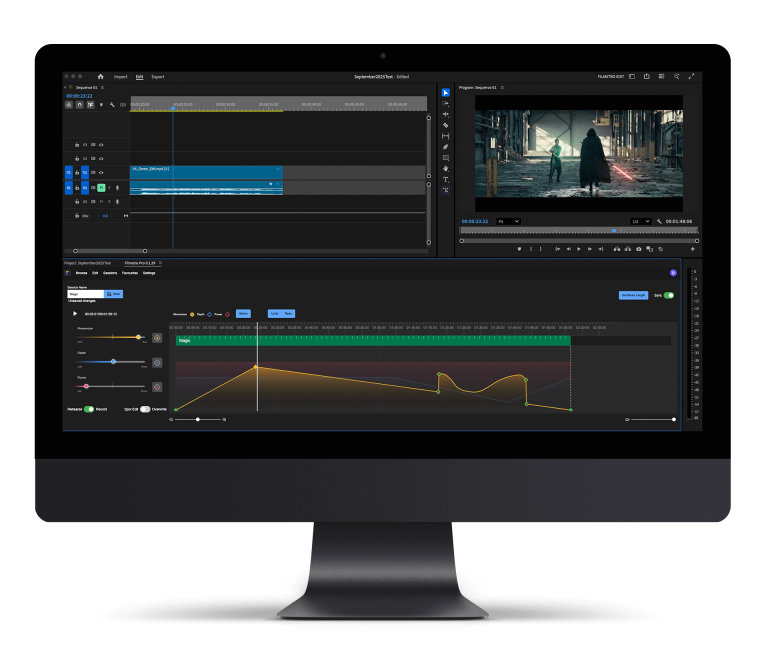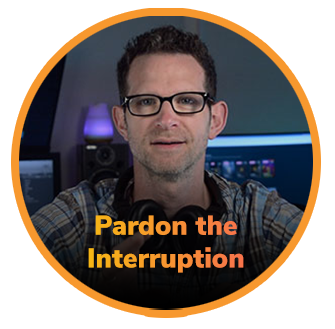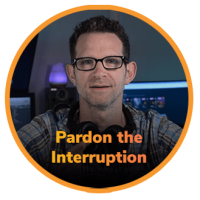The difference between a treatment and a synopsis.
A synopsis is generally found in the form of a short 3-4 sentence paragraph that explains the plotline of a film while creating intrigue for the reader, making them want to find out what happens in the movie. Effectively, a synopsis is a marketing tool that explains your film in a few short sentences and hooks them into wanting to watch the movie (and hopefully pay you money for it – if you’re movie is for sale).
There are longer types of synopsis that go further in to the plotline of the movie but these don’t act as marketing pieces – they’re much more informative and are often used in explaining complicated plotlines for films.
A treatment is usually a short document (written in prose form and) in the present tense that emphasizes the main events of a screenplay with vivid description. Consider this to be an outline for your screenplay. The general essence of the characters and story should be demonstrated through exciting language and descriptive imagery.
The ultimate goal of a treatment is to passionately tell your story in a sensible duration as though you were telling your best friend about a new screenplay over a coffee.
What does a treatment consist of?
While typically a screenplay can be anywhere between 80 – 140 pages long your treatment needs to be significantly less. Some people like to write between 6 and 10 pages that breaks down acts, characters and the closing scene. Others tend to cram all of that information in to a one-pager.
More often than not you won’t find dialogue in a treatment but there are cases in which a particular line, phrase or joke that will be used in the film will help set the tone of the character or film.
We recommend using the following to structure your treatment:
1. Logline: This is a single sentence that sums up your entire films story.
2. Characters: Introduce the reader to your main characters and describe them vivdly enough to make us fall in love with them.
3. Opening Scene: Describe where it takes place, what is taking place and the tone of the scene.
4. Act One: What is the world of this film like? Who is the story focusing on?
5. Act Two: What is pushing the narrative forward? What are the ‘intentions’ of the main characters and what are the obstacles standing in their way? What is bringing these characters into each other’s lives?
6. Act Three: Once the biggest obstacle has been identified, how are our characters going to overcome this?
7. Final Scene: Do they succeed or fail? The whole movie has been leading up to this climactic moment.
Here’s a great example of a treatment for the movie, Spiderman.

If you enjoyed this article, don’t forget to like us on Facebook and Twitter for the latest updates on Filmstro, filmmaking news, competitions and giveaways.









